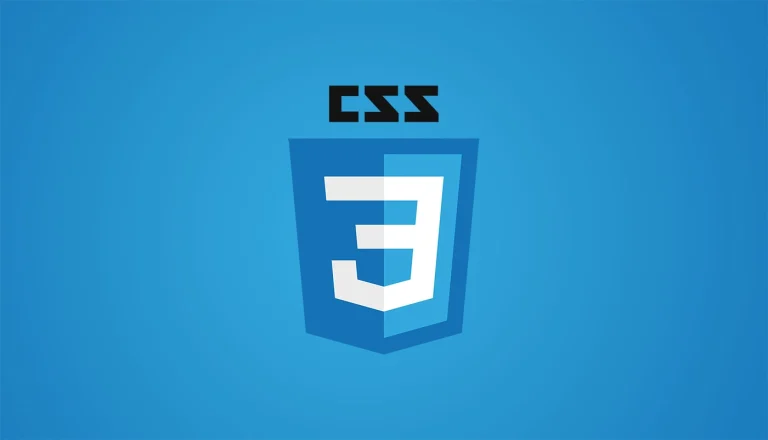The full form of CSS is Cascading Style Sheets. It is a style sheet language that is used to describe the look and formatting of a document written in markup languages such as HTML, XHTML, and XML. CSS is designed to separate the presentation of a document from its content, making it easier to maintain and update the website’s style and layout.
CSS, which stands for Cascading Style Sheets, is a widely used language in web development. It’s used to define how a website should look, including the layout, fonts, colors, and other visual elements. In this article, we’ll explore the full form of CSS and its importance in web design.
History of CSS
CSS was developed in the late 1990s by the World Wide Web Consortium (W3C), with the aim of improving the separation of presentation and content on web pages. Prior to the development of CSS, the presentation and formatting of web pages were embedded within the HTML code. This made it difficult to make changes to the design of a website without affecting its content.
Advantages of CSS
CSS provides many advantages over traditional HTML formatting. Some of these advantages include:
- Separation of content and presentation: With CSS, the presentation of a website is separate from its content. This allows for easier maintenance and updating of the website’s layout and design.
- Improved website performance: CSS reduces the amount of code needed to format a website, resulting in faster loading times and improved website performance.
- Consistency: CSS allows for consistent design across multiple pages of a website, making it easier for users to navigate and find information.
- Accessibility: CSS allows for the creation of accessible websites that can be easily read by assistive technologies such as screen readers.
How CSS works
CSS works by targeting HTML elements and applying styles to them. CSS uses selectors to target specific HTML elements and apply styles to them. For example, to change the color of all headings on a webpage, you would use the selector “h1” and apply a color property to it.
CSS syntax
CSS has a specific syntax that is used to write the styles that will be applied to a webpage. Here is an example of the CSS syntax:
pythonCopy codeselector {
property: value;
}
In this example, the selector targets a specific HTML element and the property and value specify the style that will be applied to that element.
Types of CSS
There are three types of CSS: inline, internal, and external.
- Inline CSS: Inline CSS is applied directly to an HTML element using the “style” attribute. Inline CSS styles are not recommended as they can be difficult to maintain and update.
- Internal CSS: Internal CSS is defined within the “head” section of an HTML document using the “style” element. Internal CSS styles are applied to all pages that use the same HTML file.
- External CSS: External CSS is defined in a separate file and linked to the HTML document using the “link” element. External CSS styles are applied to all pages that link to the CSS file, making it easy to maintain a consistent design across an entire website.
Conclusion
In conclusion, CSS is a critical component of web design that provides many advantages over traditional HTML formatting. It separates the presentation of a website from its content, resulting in easier maintenance and faster website performance. With the ability to target specific HTML elements and apply styles to them, CSS allows for consistent and accessible website design. Understanding the full form of CSS and how it works is essential for any web designer or developer.



